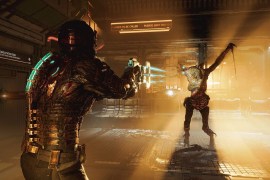Stalker 2: Heart of Chornobyl review – radioactive return
Grab your geiger counter, swig some vodka and head back into the Zone
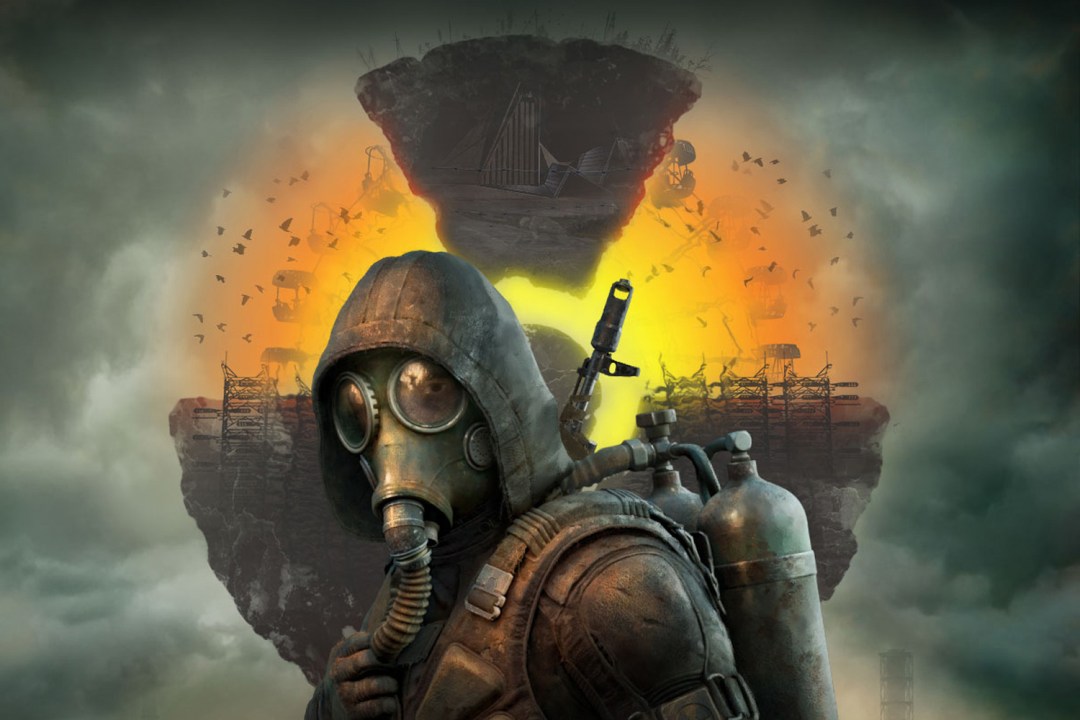
Stuff Verdict
This visually modern sequel stays astonishingly faithful to the original trilogy, often to a fault. Stalker fans will feel right at home in the Zone, but it’ll be appropriately alien for newcomers.
Pros
- Gloriously atmospheric map that’s begging to be explored
- Tense, lethal combat that can kick off at any time
Cons
- A lot of the gameplay mechanics feel outdated
- Many bugs need addressing
A nuclear disaster zone teeming with mutated wildlife and unexplained anomalies ain’t your typical roadside picnic, but S.T.A.L.K.E.R.‘s distorted version of the Pripiat exclusion zone hit a nerve with PC gamers back in 2007. A full-on sequel to GSC Game World’s open-world sleeper hit has been a long time coming.
A full seventeen years later, Heart of Chornobyl rebuilds the Zone on a modern graphics engine – yet keeps the original’s blend of hardcore shooting, immersive sim role playing and survival horror almost fully intact. And I do mean fully: the past decade and a half of gameplay evolution is paid mere lip service. That will surely please long-time fans, but could leave newcomers frustrated.
It’s also oddly fitting that, visuals aside, Microsoft’s newest Xbox Game Pass exclusive could’ve been ripped straight from its the heyday of the Xbox 360.
Welcome to the Zone
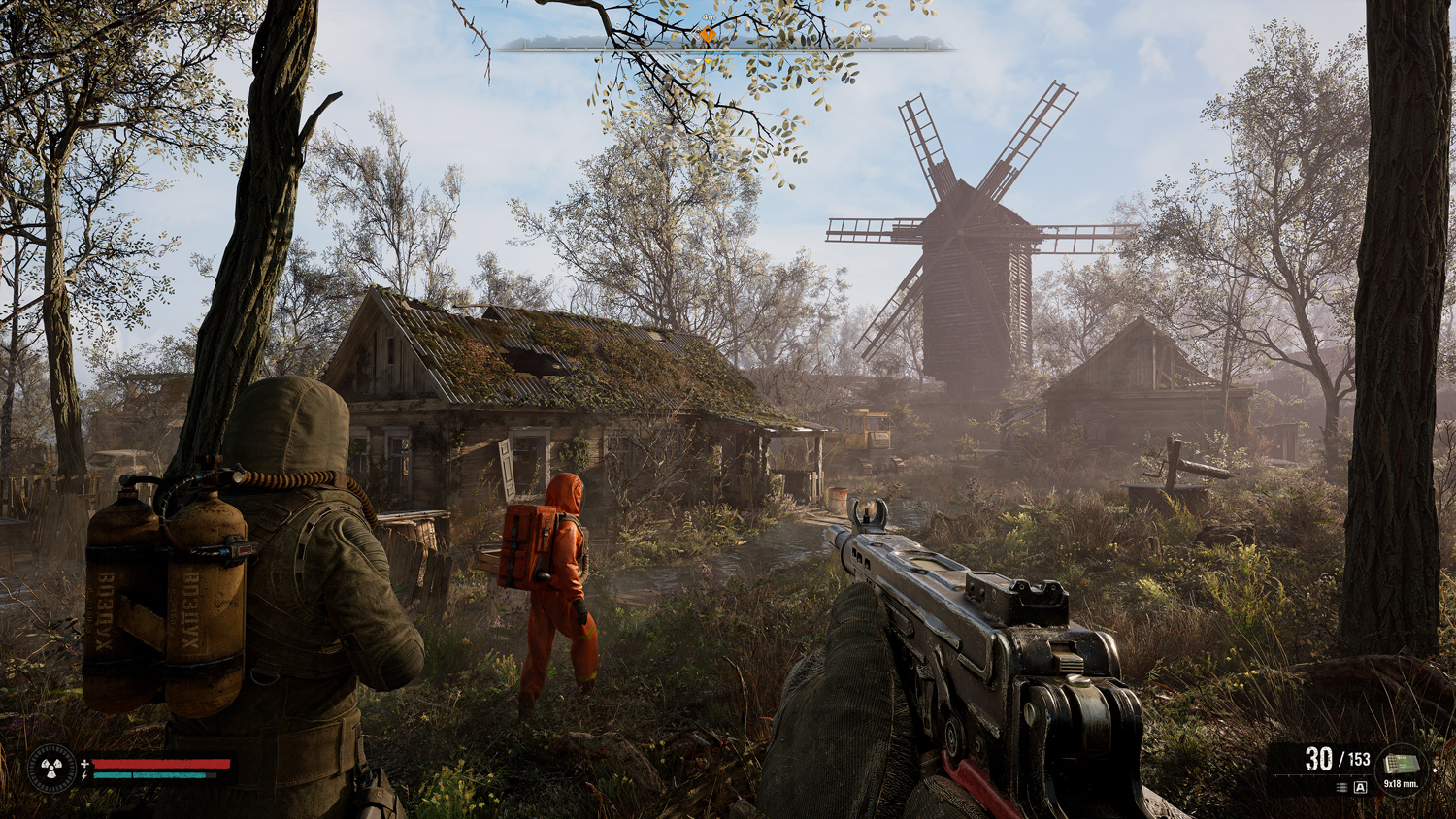
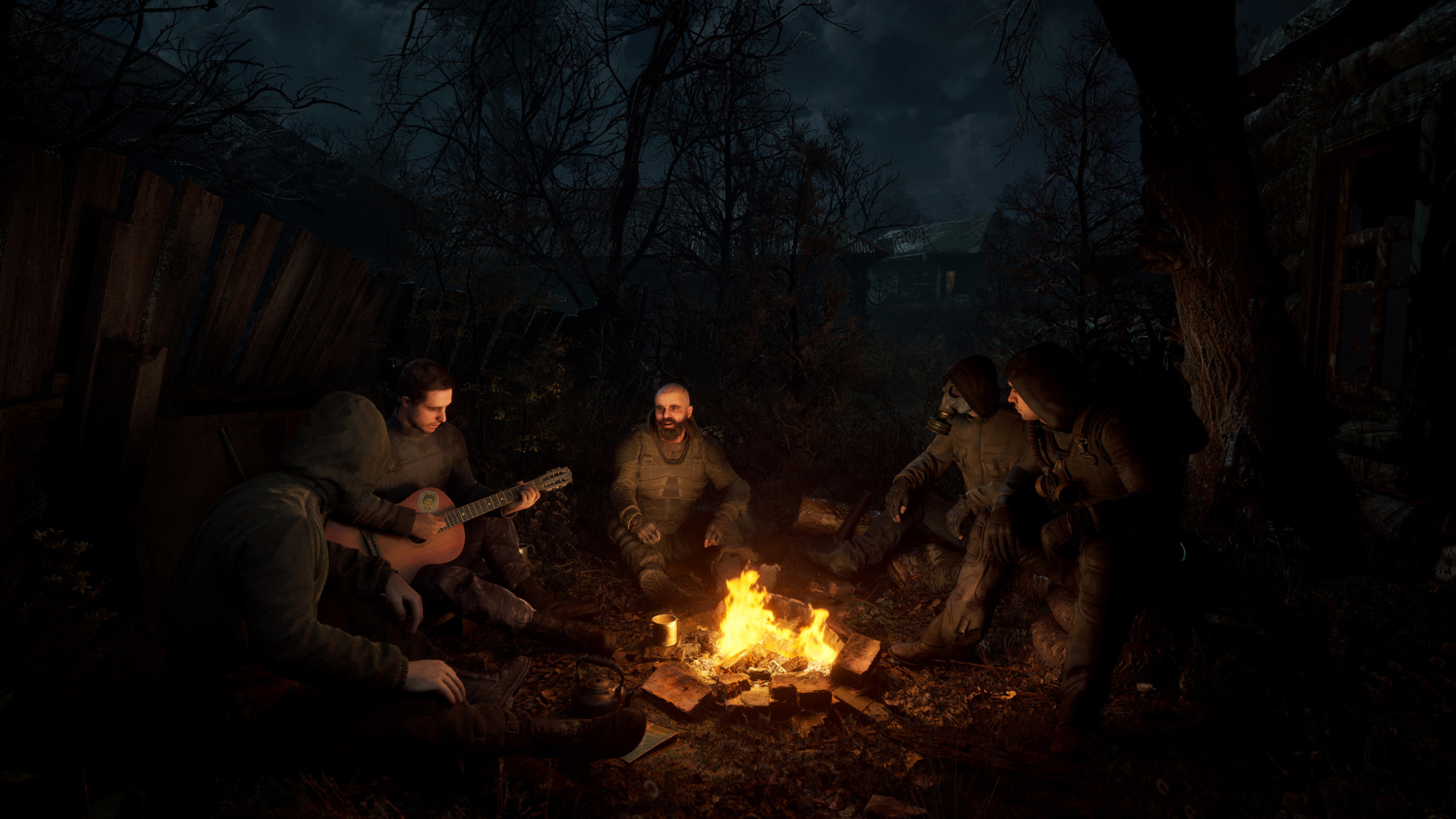
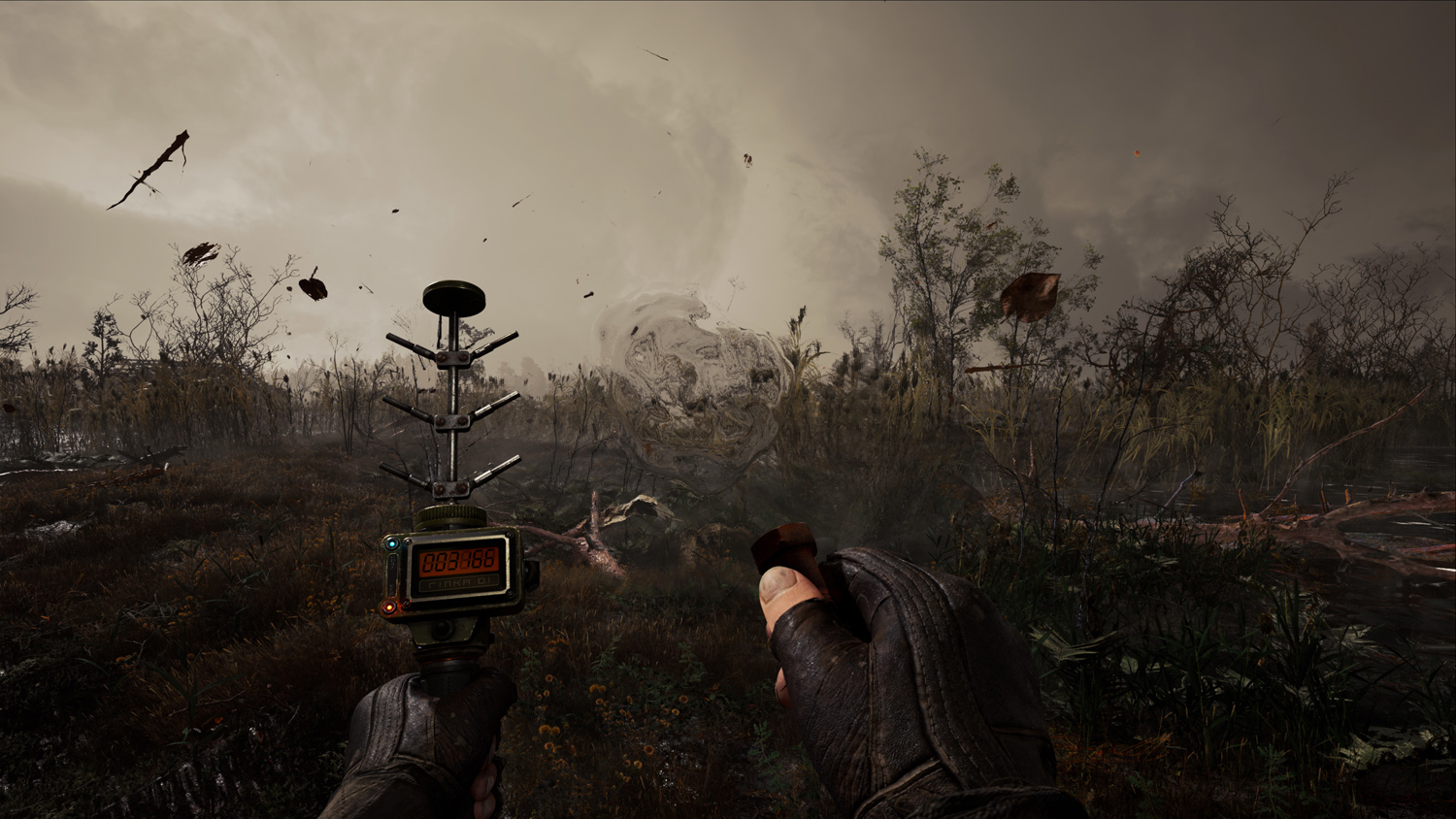
Protagonist Skif is a Zone newcomer, left for dead in an anomaly field after being double-crossed by his fixer. With no gear and few leads, you’ve got to start from scratch – which means becoming an errand boy for any Stalkers with work to offer. Or you could risk electrocution, radiation poisoning, incineration and crushing gravity spikes hunting for valuable artifacts to sell.
The Zone is absolutely huge, with weather, time of day and deadly radioactive emissions all constantly changing the vibe. Different regions aren’t locked behind loading screens like the original trilogy – if you can survive long enough you’re free to trek from edge to edge. Returning players will recognise the locations that have been faithfully and beautifully reimagined on the new graphics engine, but there are plenty of unique new areas to explore. There’s a lot of open countryside in between, and not all of it is populated, so there’s a real sense of isolation as you trek from one location to another – and a sense of unease when doing so in the dead of night.
With so much thick foliage, dilapidated architecture and incidental detail on show, it’s one of few games I’m happy to see its ladders given the yellow paint treatment (though you can turn this off if you prefer). Yet even with an onscreen compass directing you towards the current objective, you’ve got to keep your eyes peeled for the hidden item stashes that quickly litter your PDA’s map.
Until you’re better equipped, even lone bandits can quickly send you to the game over screen. There’s no levelling up here; it’s only once you swap scavenged sawn-offs and SMGs for something with a scope and some stopping power that you can press on into territory controlled by some of the Zone’s more aggressive factions – and stalked by its deadlier mutants. Bloodsuckers are especially tricky to deal with, soaking up bullets and turning invisible after each hit-and-run melee swipe. There’s a sponginess here that feels unfair at first, until you realise different ammunition types dramatically improve your weapon’s effectiveness against certain enemies.
Bring some bandages
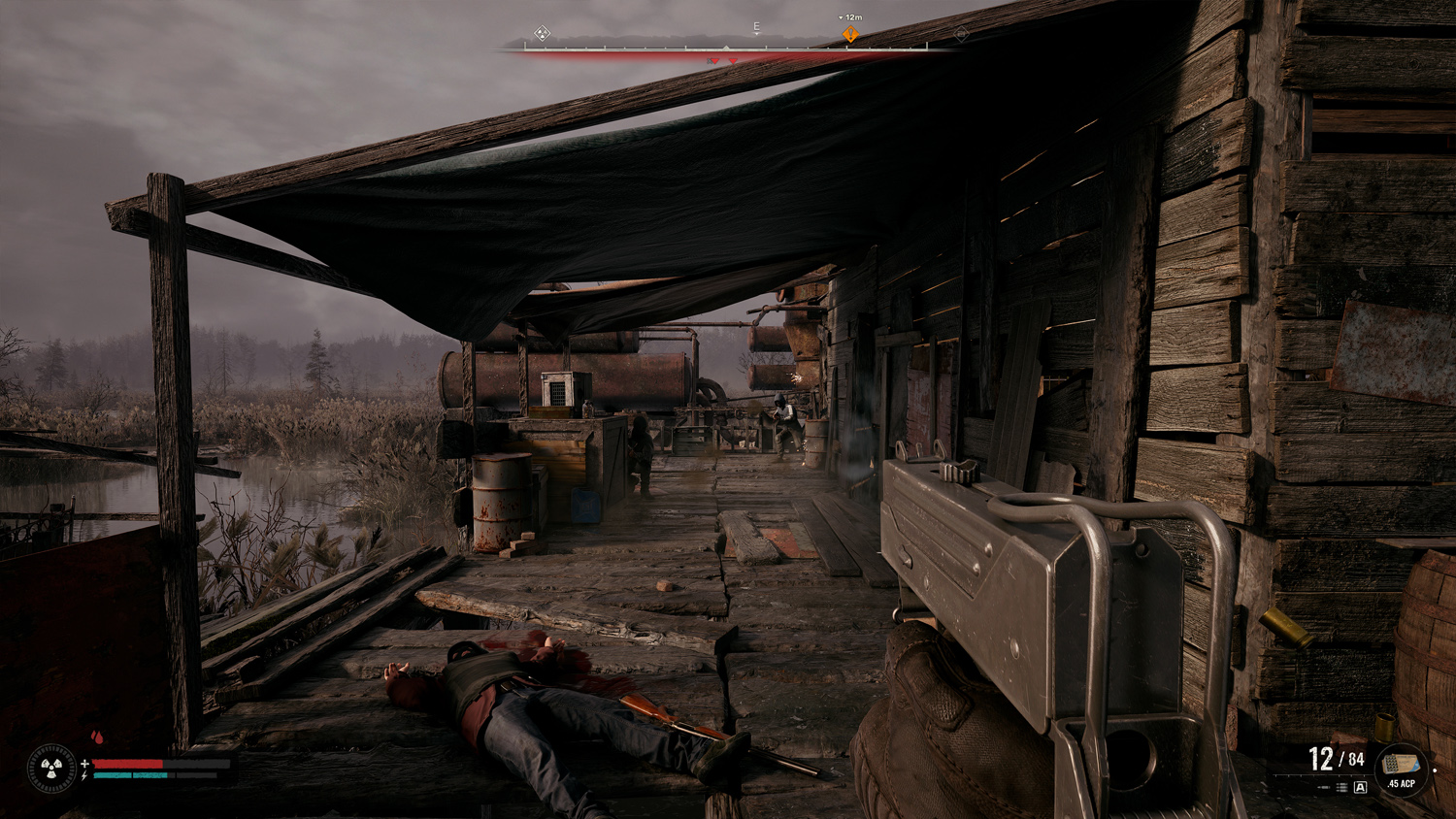
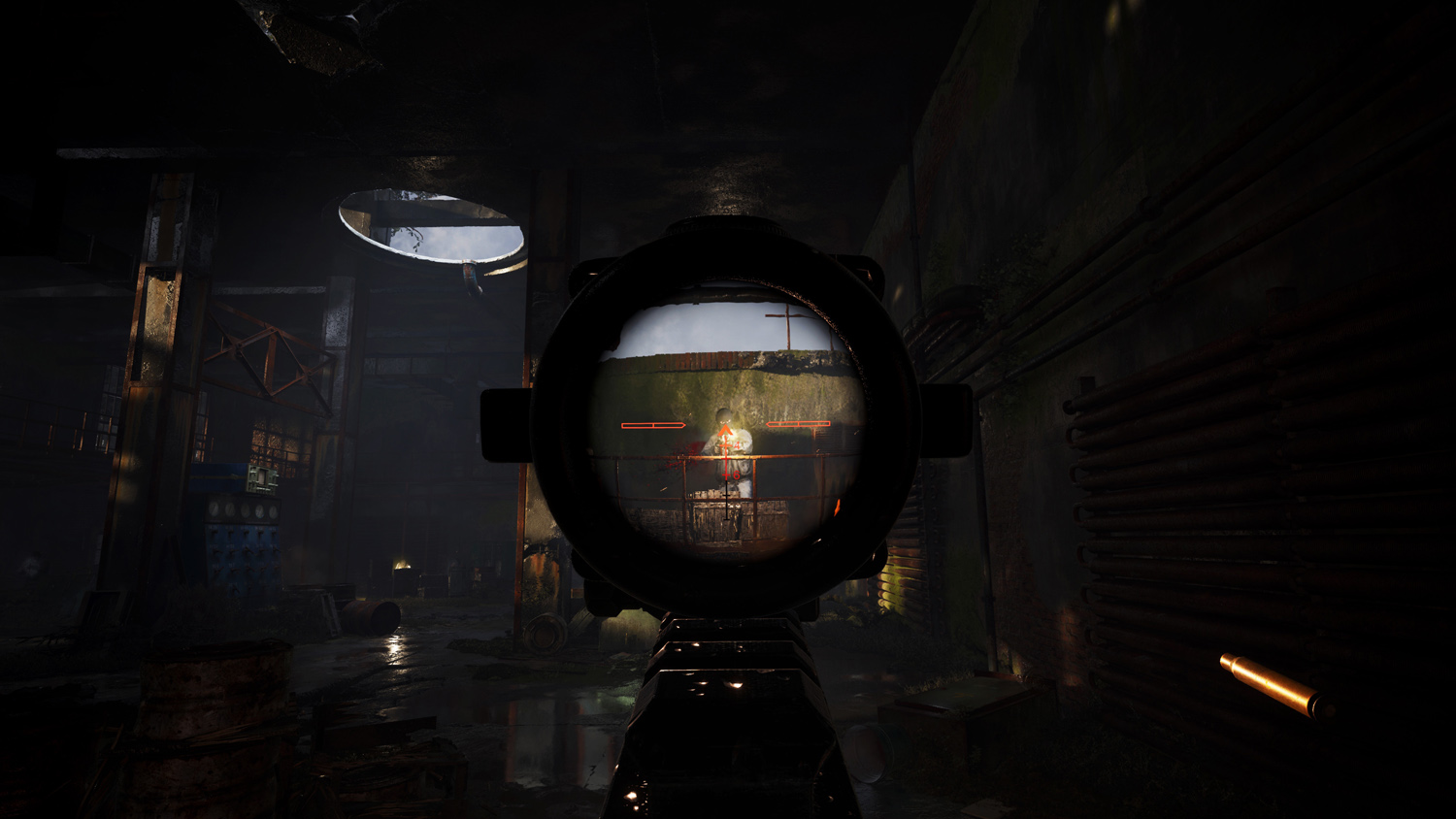
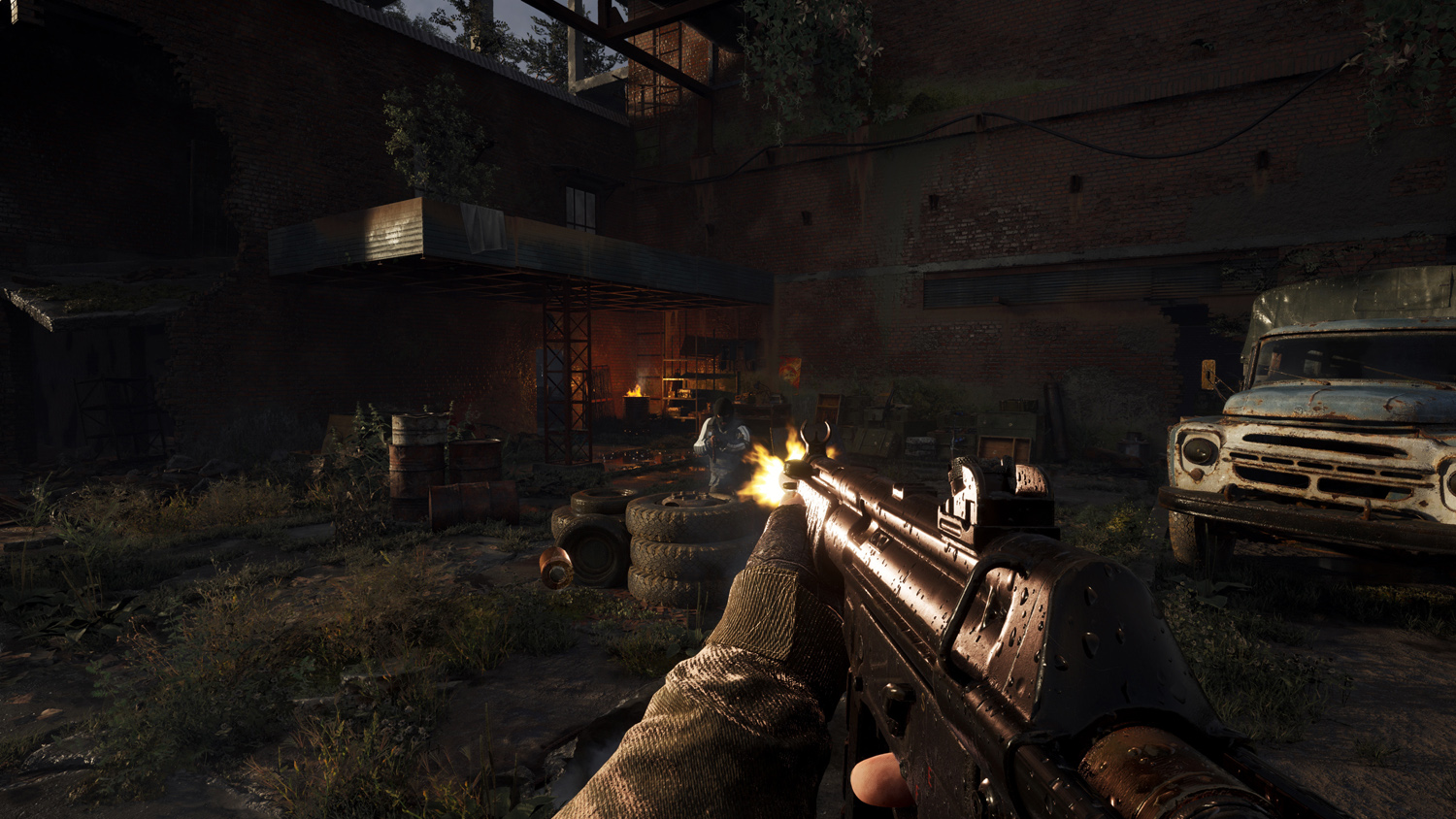
Stalker veterans will be familiar with Heart of Chornobyl‘s immersive sim elements. You’ve got to keep radiation levels in check, eat to stave off hunger, and stop blood loss with bandages . Skif can also only carry so much, and every item you pick up – even bullets – has a weight value. Kleptomaniacs won’t get far without becoming over-encumbered, either slowing you to a crawl or stopping you from moving altogether, forcing regular purges of your Tetris-like inventory.
What counts for modern concessions are few and far between. There’s fast travel now, in the form of Stalker guides who’ll get you across the zone for a fee – but only to areas you’ve uncovered previously. You can finally repair your weapons and armour to prevent misfires, rather than be forced to ditch them for gear that’s in better nick. An onscreen indicator shows when an enemy is suspicious or has spotted you – though they still have eyes like hawks and easily notice you over open ground during the day.
The larger UI was also clearly designed with console players in mind, and the controls have been streamlined for joypads – but I still had to dance my fingers across three separate keys on the PC version just to loot a stash or defeated enemy. And while some players will appreciate the added immersion that comes with physically seeing your character reach for his backpack or PDA every time you check your inventory or the map, it undeniably slows the pace down.
You could blitz the main quest line if you want, though the several branching paths in the early hours could make your playthrough very different to someone else’s, and put you down the path to one of the handful of different endings. All in you’re looking at 30-40 hours if you stay committed to the story, but to do so would miss much of what the Zone contains. Even some of the seemingly basic (and easily missed) side quests evolve into longer chains. Some that feel like they should have multiple endings only have one ‘true’ resolution, though.
Radiation sickness
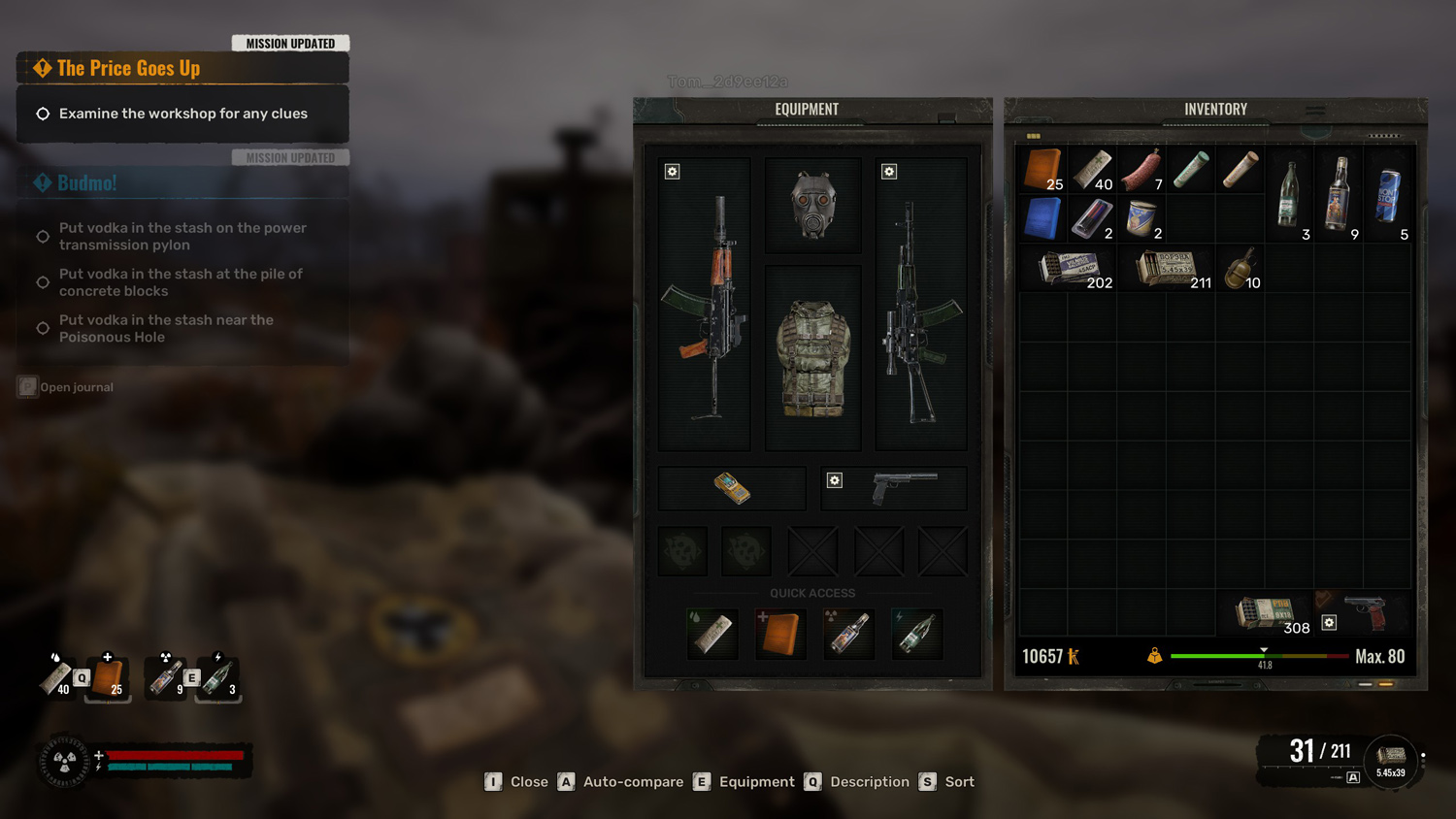
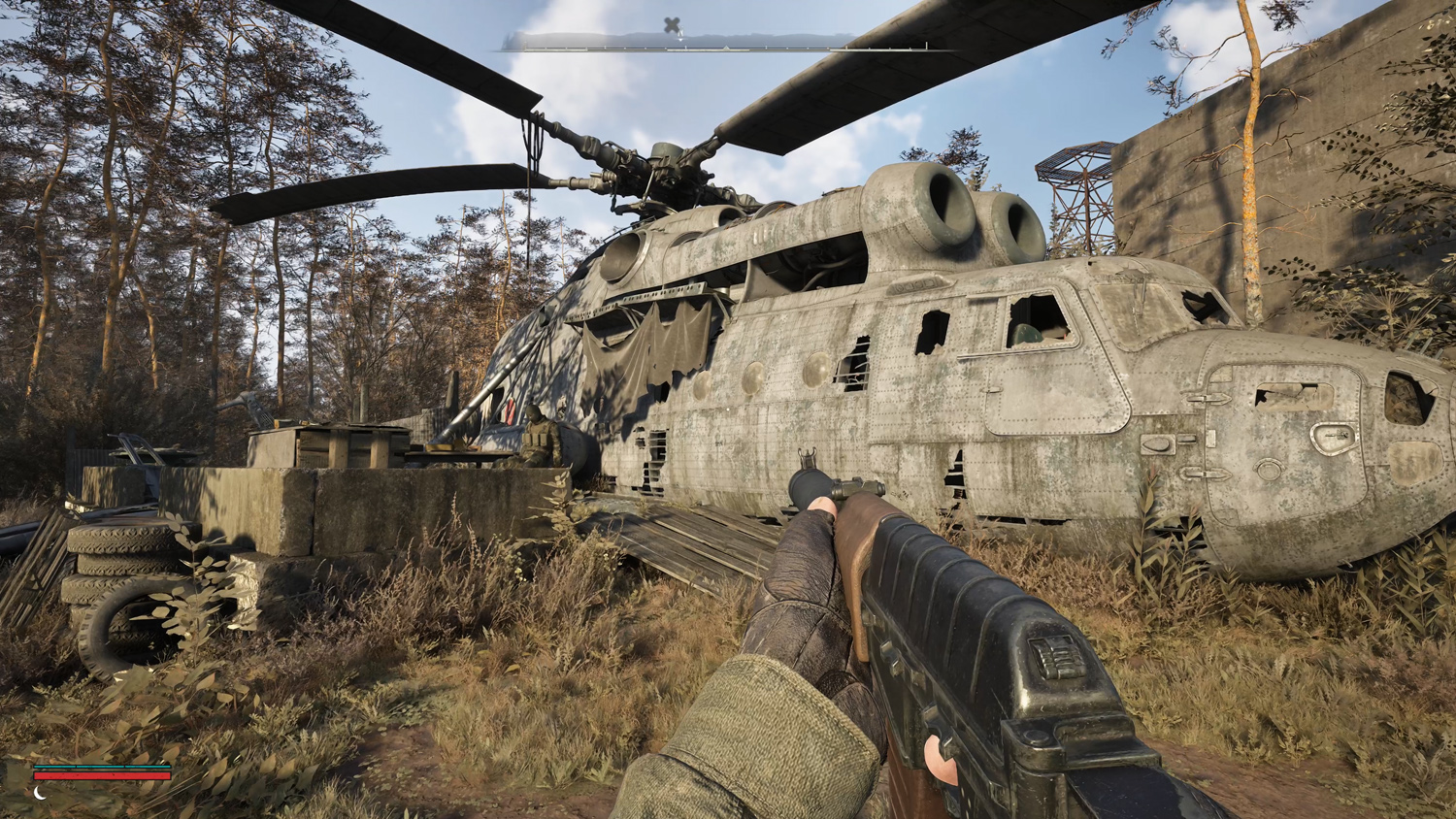
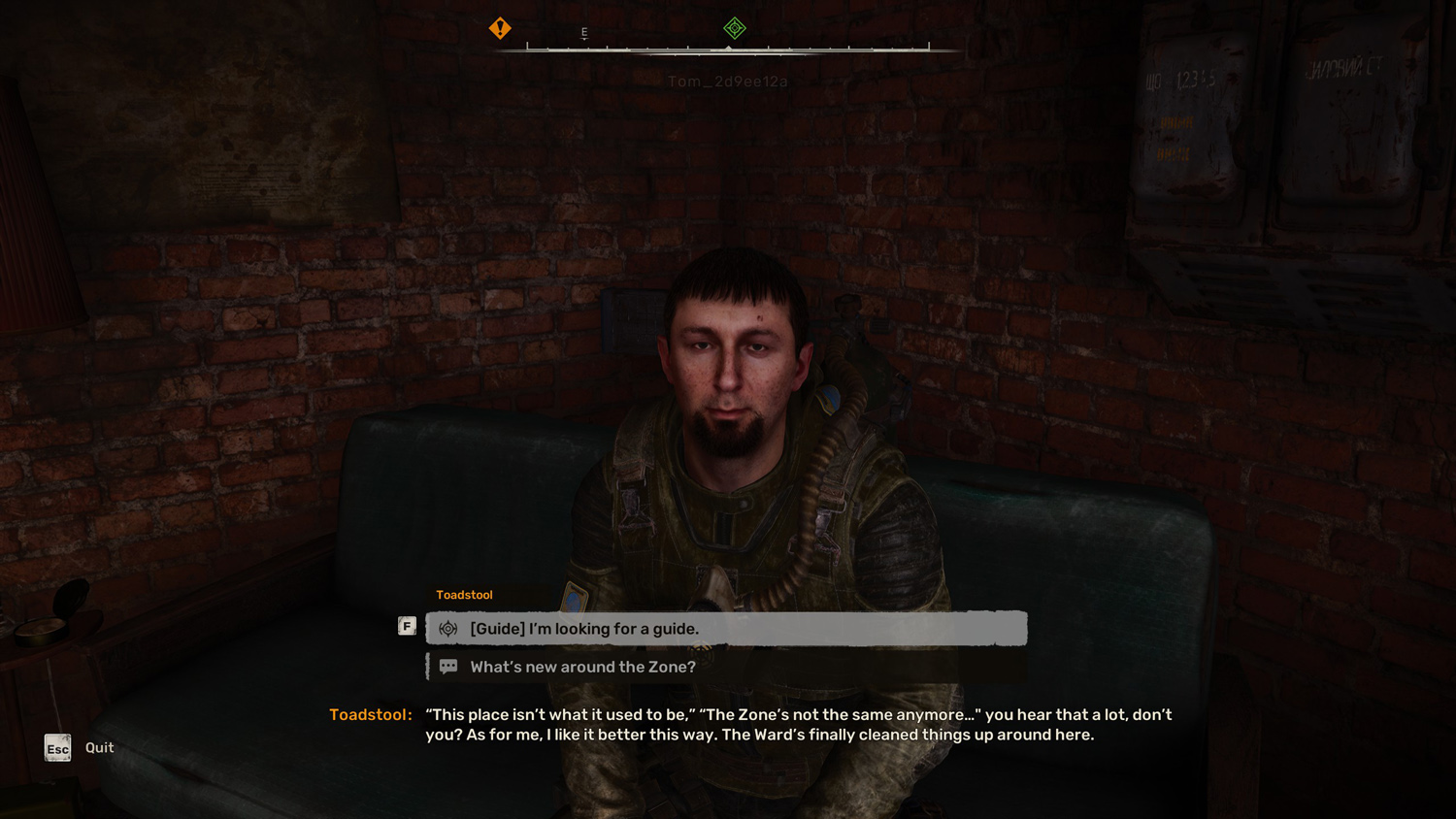
Stalker 2 does its best to change the certain reputation games made by eastern European dev teams struggle to shake off. The motion-captured cinematics are acted and animated as well as any Western AAA, and I can’t fault the gorgeously bleak scenery – which hasn’t seen a sniff of procedural generation. The game isn’t without its faults though, at least at launch.
In-game NPCs aren’t nearly as lifelike as their cutscene counterparts, and the rank-and-file soldiers are more mannequin-like than the more detailed, story-critical characters. Some of the background dialogue feels a bit lost in translation. The English voiceover also uses an eclectic range of regional British accents, which might be trying to convey the Zone being home to Stalkers from all corners of Eastern Europe, but felt wildly out of place to me given the setting.
Then there are the bugs. Multiple 100GB+ patches were released during my pre-launch playthrough, yet I was still seeing wonky geometry and flickering textures in certain areas. Audio issues, including one where voiced lines that should’ve been radio transmissions were missing their broadcast effects, were also common. I never saw anything as game-breaking as Cyberpunk 2077 faced at launch, though.
Enemy AI felt a little inconsistent in places during the pre-launch testing period. The way different packs of stalkers and wild creatures react to each other in the Zone’s open areas was a big reason the original game felt so alive, and the same is true here; I’ve seen mercenaries overwhelmed by rabid dogs and barely survive, only to be wiped out by a bandit crew who happened to be nearby. The minute the last two fighters spent on either side of a roadblock lobbing grenades back and forth wasn’t quite so convincing. The day one patch actually regressed NPC behaviour, blatantly spawning enemies in right next to the player – I’m hopeful GSC will address this ASAP.
On the plus side, performance was generally excellent. I thought it was a bit disingenuous that the recommended PC system specs mandate the use of upscalers like Nvidia DLSS to achieve 60fps, but my test system (a Razer Blade laptop with Nvidia RTX 4090 graphics) was able to deliver playable frame rates at 4K resolution.
The other big question is when the promised multiplayer component will arrive. Officially it’s coming “soon after the release” but given how many times the base game slipped from release schedules, it’s unclear if GSC will deliver – or if there will be an audience for classic PvP in light of the battle royale genre’s explosion in popularity since Stalker 2 was first announced.
Stalker 2: Heart of Chornobyl verdict

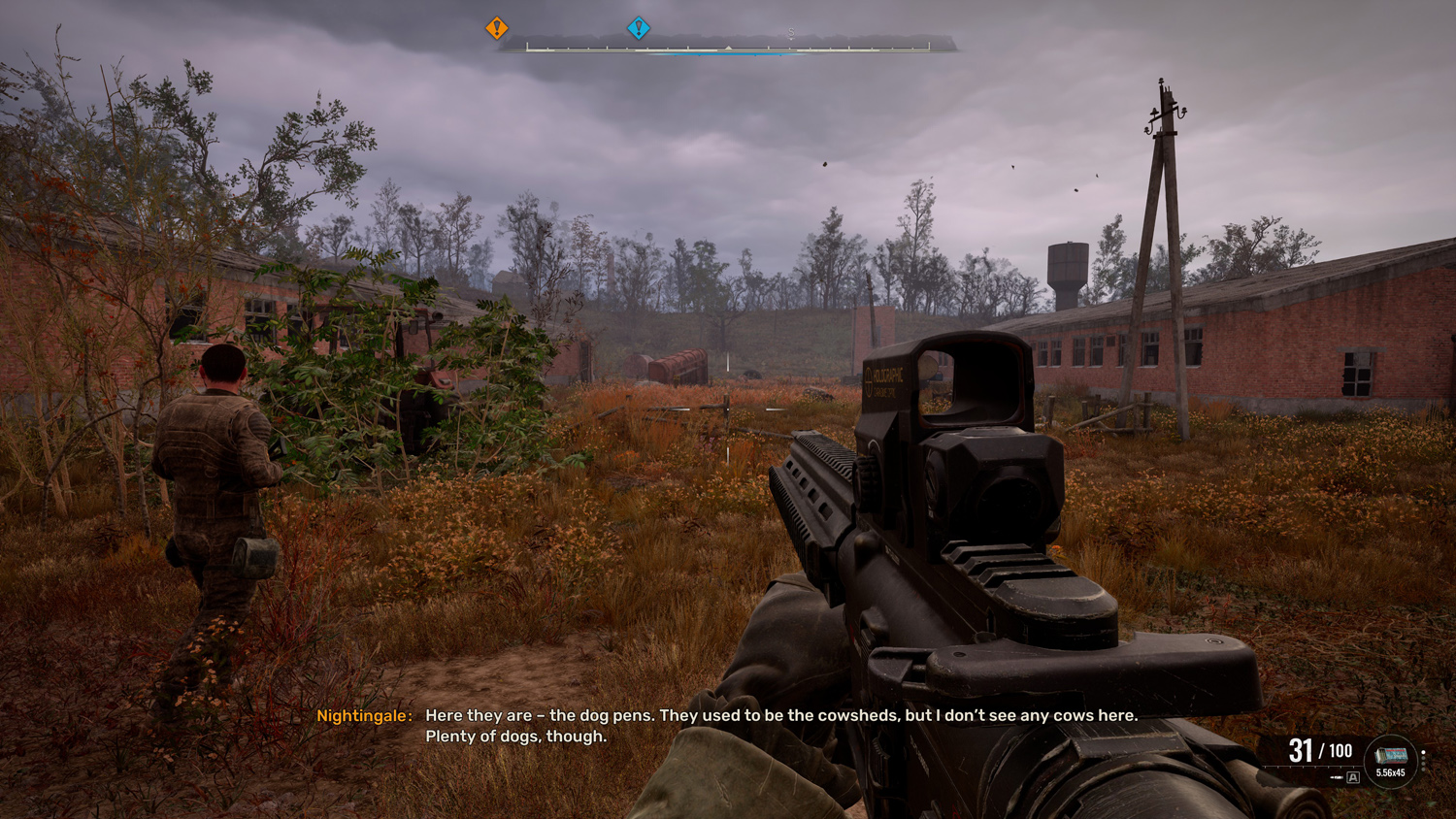
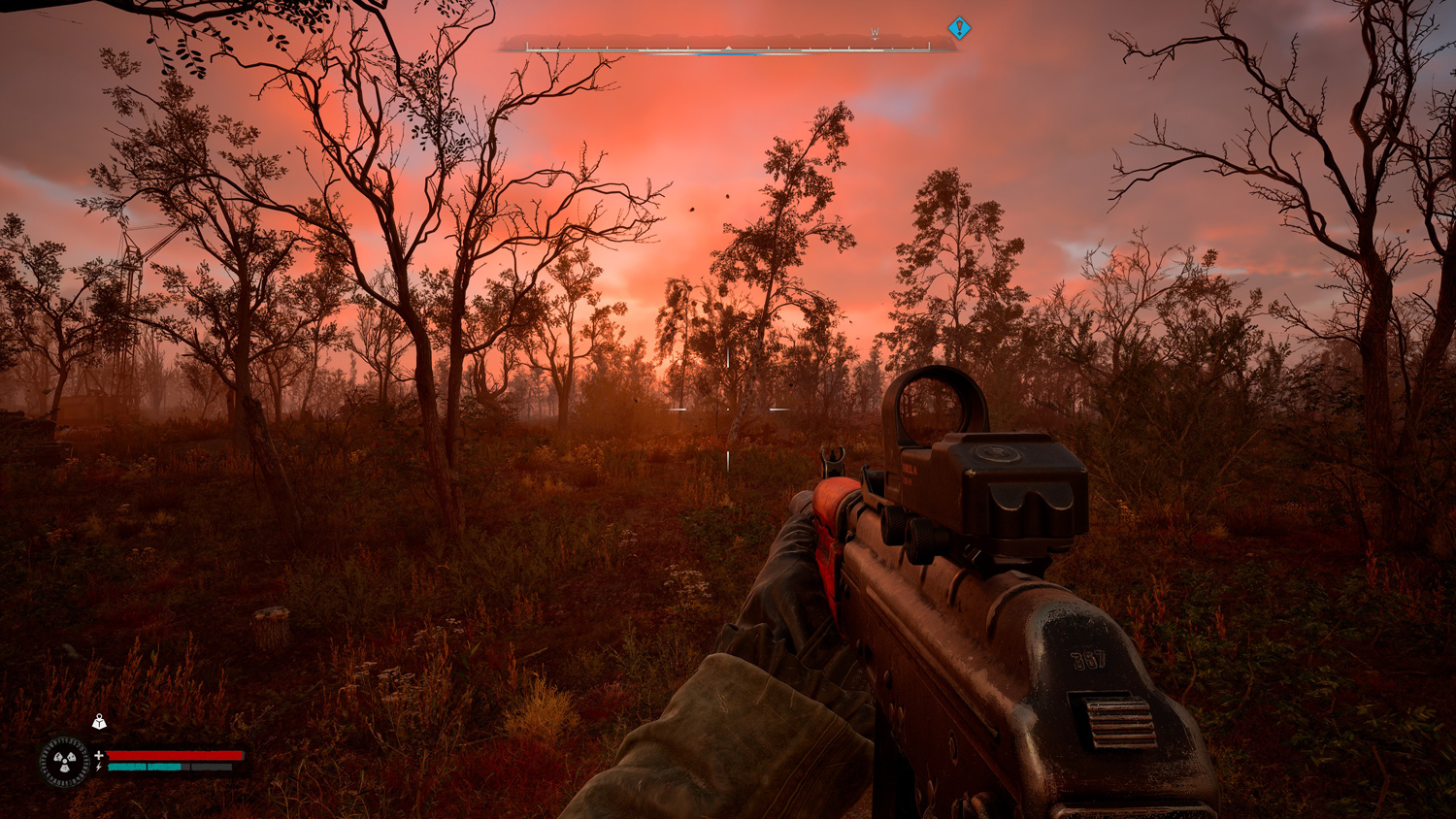
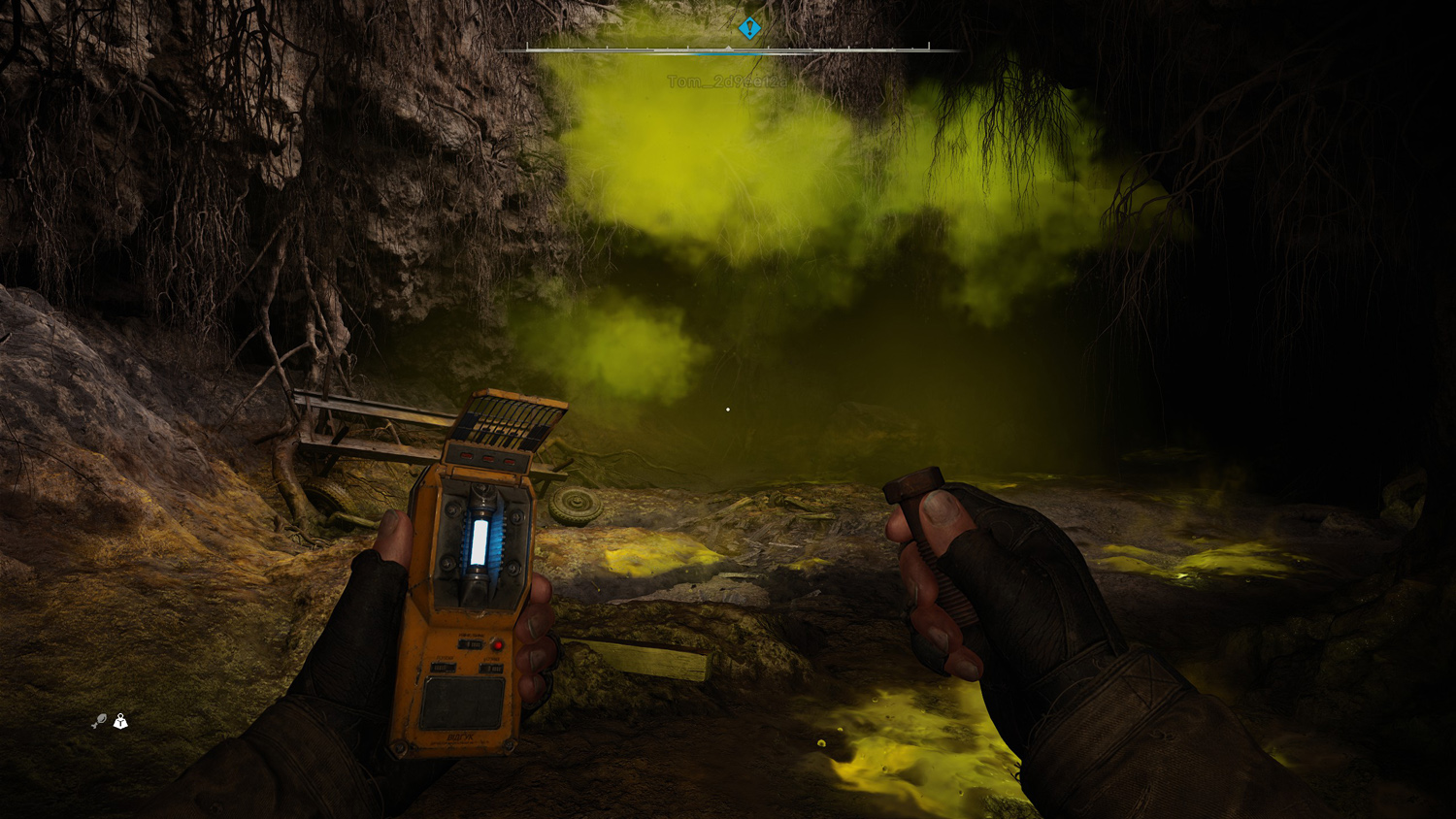
Given everything GSC Game World went through over the seven years S.T.A.L.K.E.R. 2: Heart of Chornobyl was in development, it’s a sign of the Ukrainian developer’s determination that the game got made at all. Series fans will be genuinely impressed at how true the sequel stays to the original trilogy, and will surely love exploring the Zone again now it has been painstakingly recreated for modern hardware.
Anyone expecting a more Westernised sequel that fully embraces 2024 gaming trends will be disappointed, though. It feels ropey in places, and backwards in others. The difficulty curve will shock gamers used to Call of Duty-style shooting galleries, and only some missions deliver on the open-ended immersive sim promise.
This is a proper mid-2000s throwback, then – but one with such a distinctive sense of character it’s hard not to fall for its Eastern Bloc charm.
Stuff Says…
This visually modern sequel stays astonishingly faithful to the original trilogy, often to a fault. Stalker fans will feel right at home in the Zone, but it’ll be appropriately alien for newcomers.
Pros
Good stuff 1
Good stuff 2
Cons
Bad stuff 1
Bad stuff 2




